CENTRAL LINE INSERTION
What is Central Line Insertion?
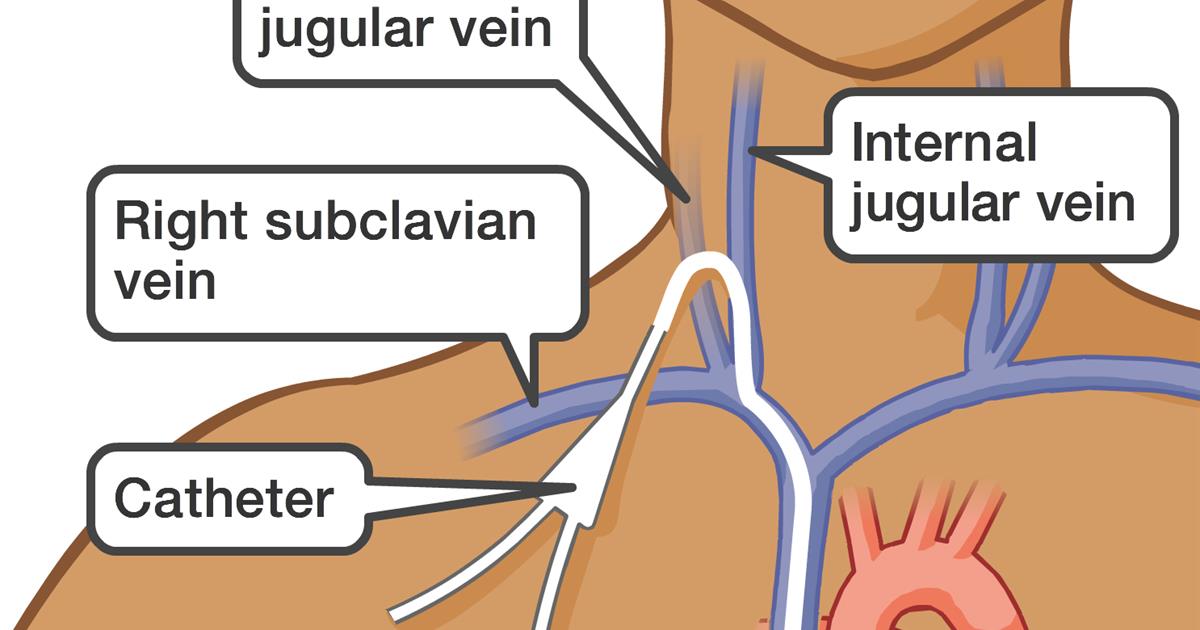
Image Source: https://www.aboutkidshealth.ca/CVL
A central line is a conduit or intravenous access which can be inserted into a large Central vein. The most probable sites are
The Jugular – In the neck; The Subclavian- below the collar bone; The femoral – in the groin.
The main purpose or indications of insertion of central line are-
To monitor the central pressures; To administer irritant medications; To administer Vasoactive medications which control blood pressure; To secure IV access in patients with difficult peripheral IV access; For Ease of blood sampling.
The Central Line is a long catheter with 2, 3 or 4 lumens coming out proximally for access. The distal end will be inside the patient. Thus there is a very sterile and systematic procedure for its insertion.
Procedure:
The first step will be to obtain informed consent. The patient himself can give the consent but if for some reasons he is unfit to give the consent then the relatives will be asked for the consent.
The next step is to examine the patient and the possible sites which can be used for insertion, the most favored site is the jugular followed by femoral and then subclavian. The sites are examined for ease of access and for the presence of any altered skin or any infection at the site which will negate the insertion at that site. After manual examination, sonographic screening of the vein is done to determine its patency.
The coagulation status of the patient is obtained and if it is deranged then blood products are given to correct it to avoid significant bleeding during the procedure.
The patient is explained about the procedure and then the proceduralist will go for the antiseptic handwash.
After proper handwash and wearing sterile equipment, the patient site is prepared and cleaned with soap and antiseptic like povodine iodine or chlorhexidine in alcohol. Local anesthesia is given in the area of the puncture and then the central line is inserted via Seldinger technique by threading it over a guidewire.
Sterile dressing and sutures or StatLock are applied to secure the device and a Chest XRAY is done to confirm the position in case of lines in the chest and neck.
Complications:
Bleeding, arrhythmias as the guidewire enters the heart, Pneumothorax as the lung pleura is in close proximity to the neck, thrombosis, and infections.



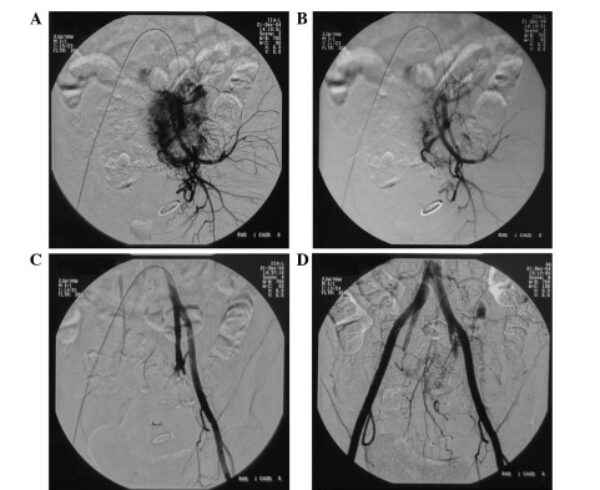
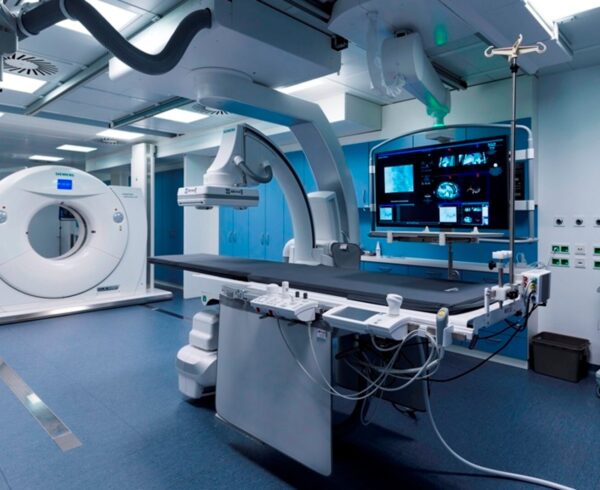
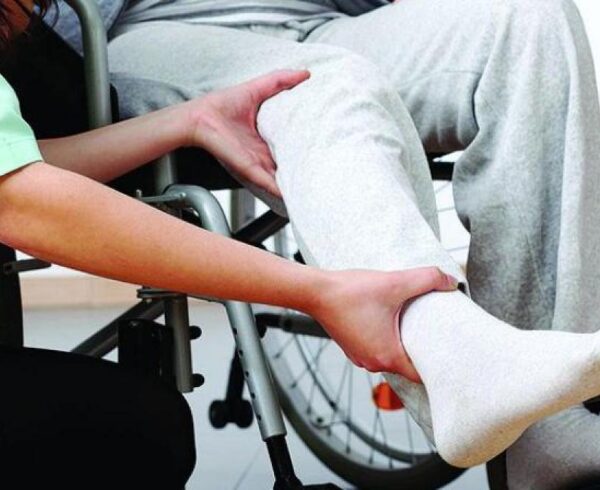
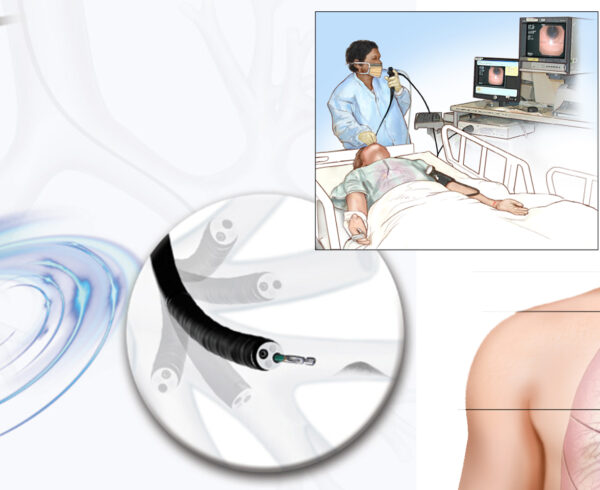
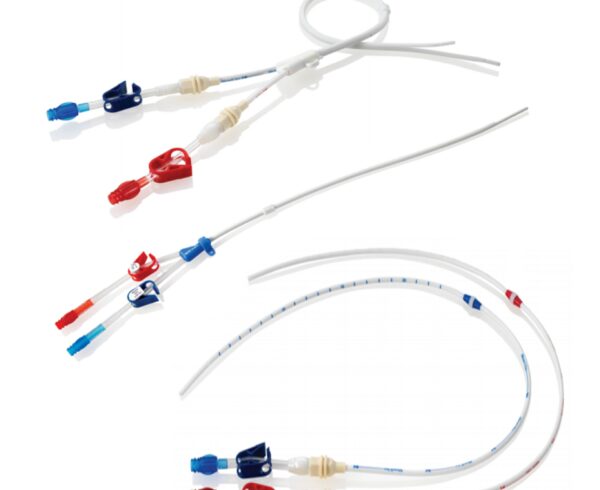
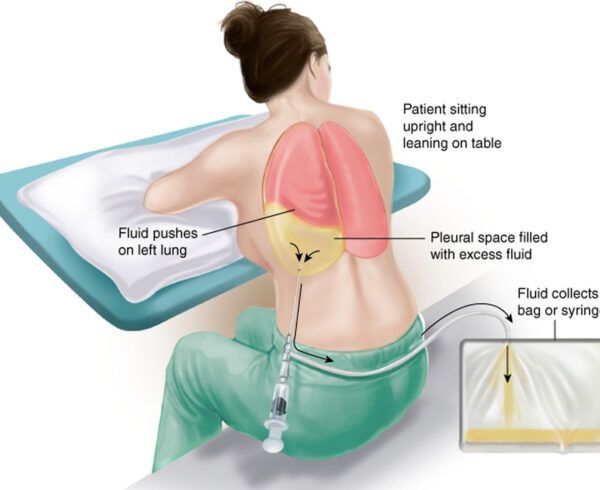

Ask a Question?